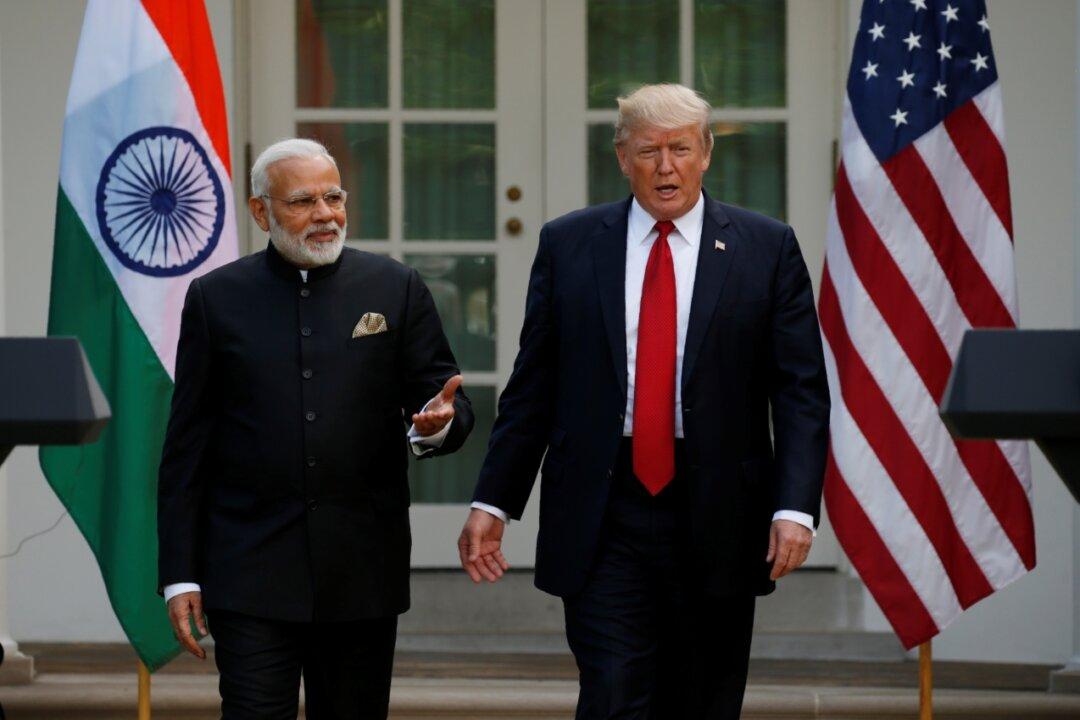The U.S.-India strategic defense partnership has entered a new phase, with both countries currently carrying out joint training events to enhance military relations and build up skills in disaster response.
A collaboration called the Tiger Triumph (TT) was launched on Nov. 13, near the south Indian port city of Visakhapatnam after the arrival of USS Germantown from the U.S. 3rd Marine Division and will continue until Nov. 21, according to a statement.





